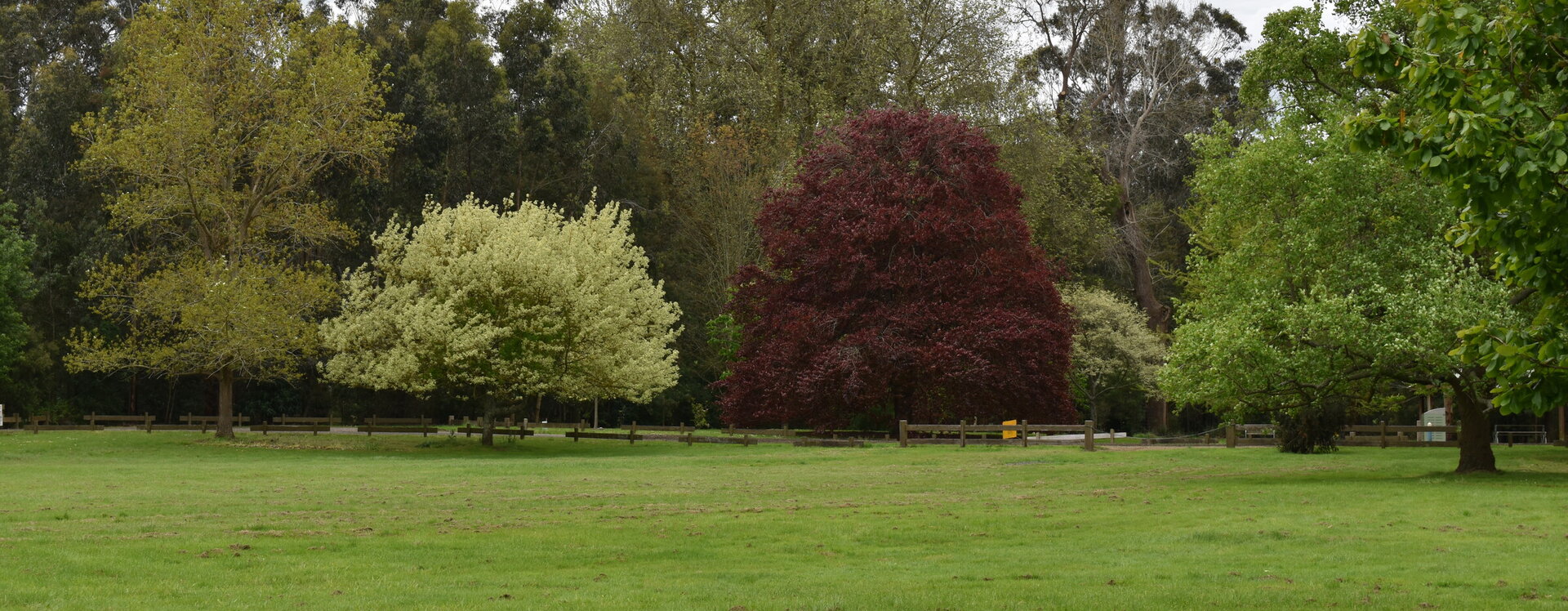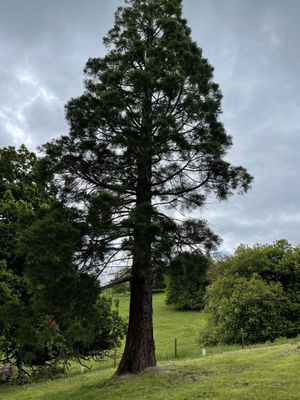
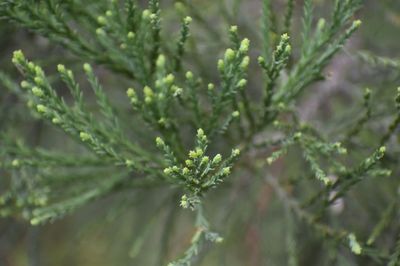
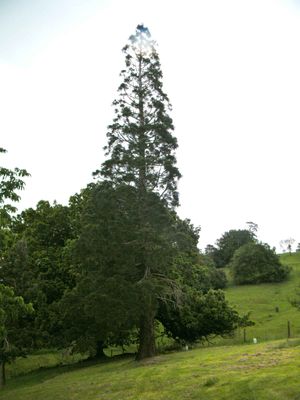
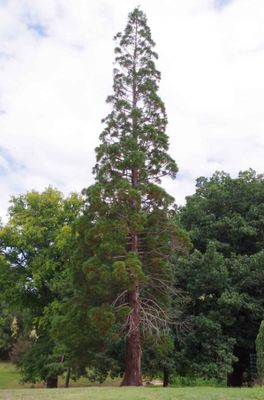

Sequoiadendron giganteum
Sequoiadendron
Sequoiadendron giganteum, common name giant sequoia, giant redwood, Sierra redwood or Wellingtonia is the sole living species in the genus Sequoiadendron, and one of three species of coniferous trees known as redwoods, classified in the family Cupressaceae in the subfamily Sequoioideae, together with Sequoia sempervirens (coast redwood) and Metasequoia glyptostroboides (dawn redwood). Giant sequoia specimens are the most massive trees on Earth. The common use of the name sequoia usually refers to Sequoiadendron giganteum, which occurs naturally only in groves on the western slopes of the Sierra Nevada mountain range of California. Giant sequoia grow to an average height of 50–85 m with trunk diameters ranging from 6–8 m. Record trees have been measured at 94.8 m tall.The crown is conic and monopodial when young, narrowed and somewhat rounded in age. Bark reddish brown, to ca. 60 cm thick, fibrous, ridged and furrowed. Branches generally horizontal to downward-sweeping with upturned ends. The trees are evergreen with terete branchlets. Leaves alternate, radiating. Adult leaves mostly needlelike, triangular in cross section, somewhat divergent to strongly appressed; abaxial glands absent. Leaves generally with stomates on both surfaces, the free portion to ca.15 mm. Pollen cones nearly globose to ovoid, 4-8 mm. Seed cones 4-9 cm. Pollen cones with 12-20 sporophylls, each sporophyll with 2-5 pollen sacs. Seed cones maturing and opening in 2 years, persistent to 20 years, oblong; scales persistent, 25-45, valvate, ± peltate, thick and woody. Seeds 3-9 per scale, lenticular, subequally 2-winged; cotyledons. Seeds 3-6 mm. Our tree was planted in 1968.
139.00 Location A3 Latitude; -38.401334940000 Longitude; 146.051686450000
